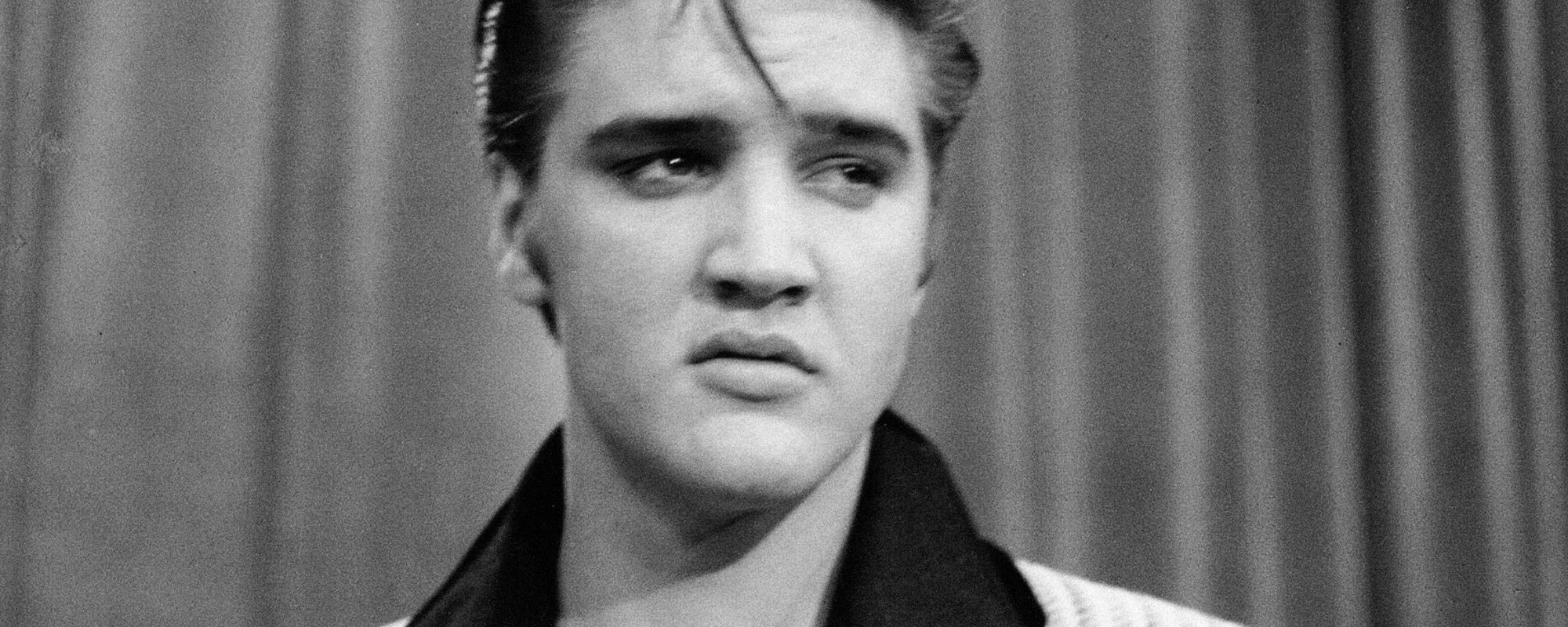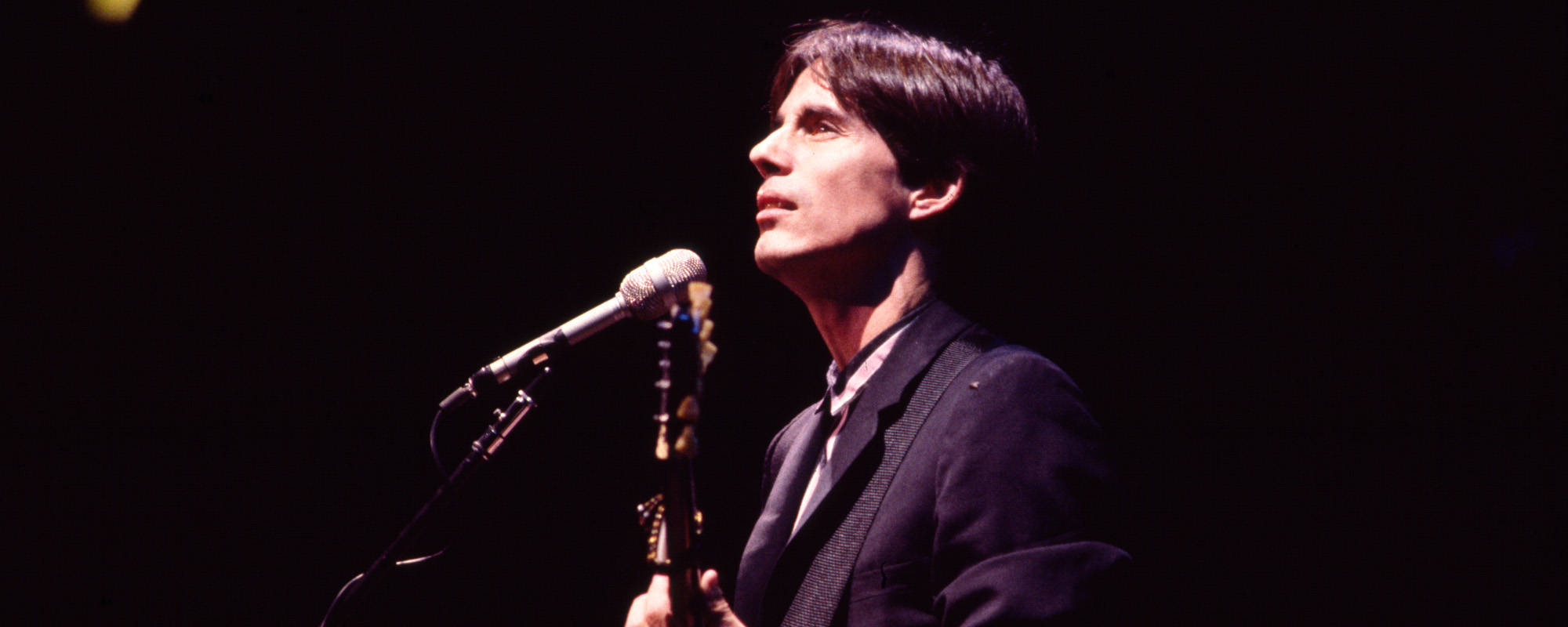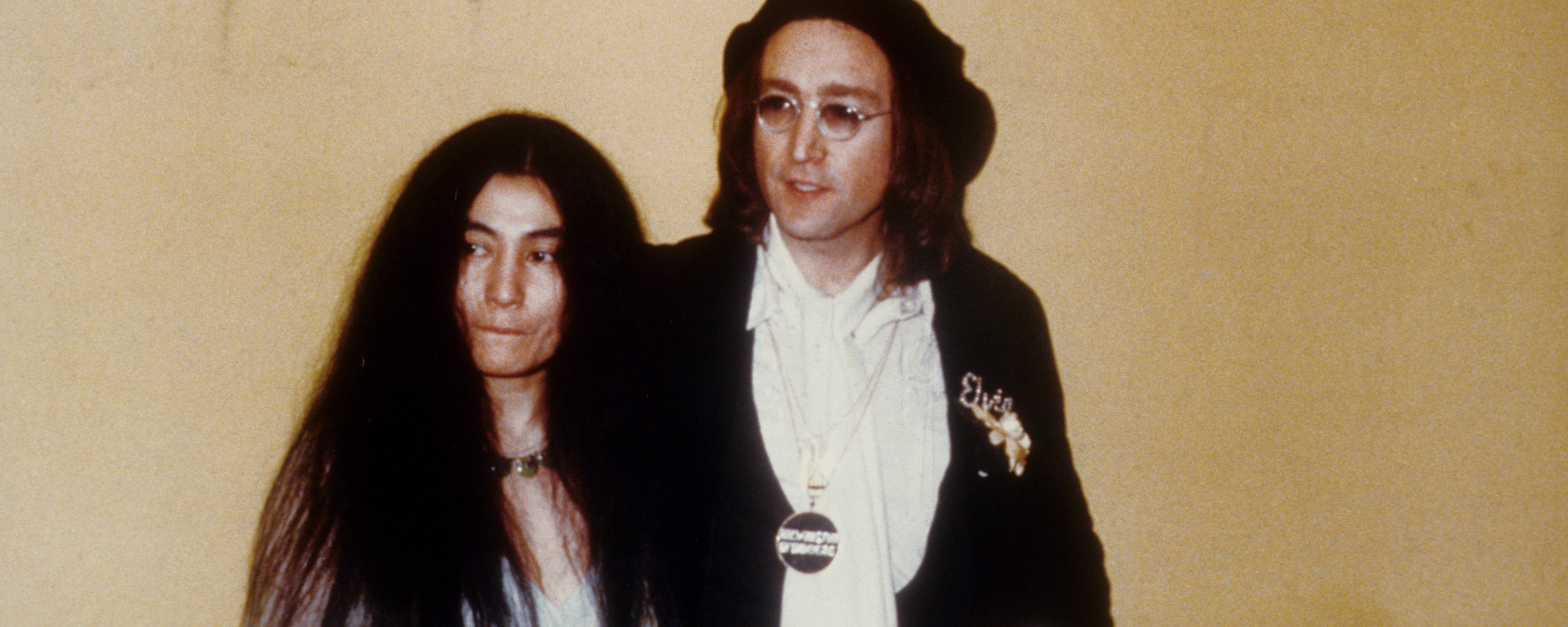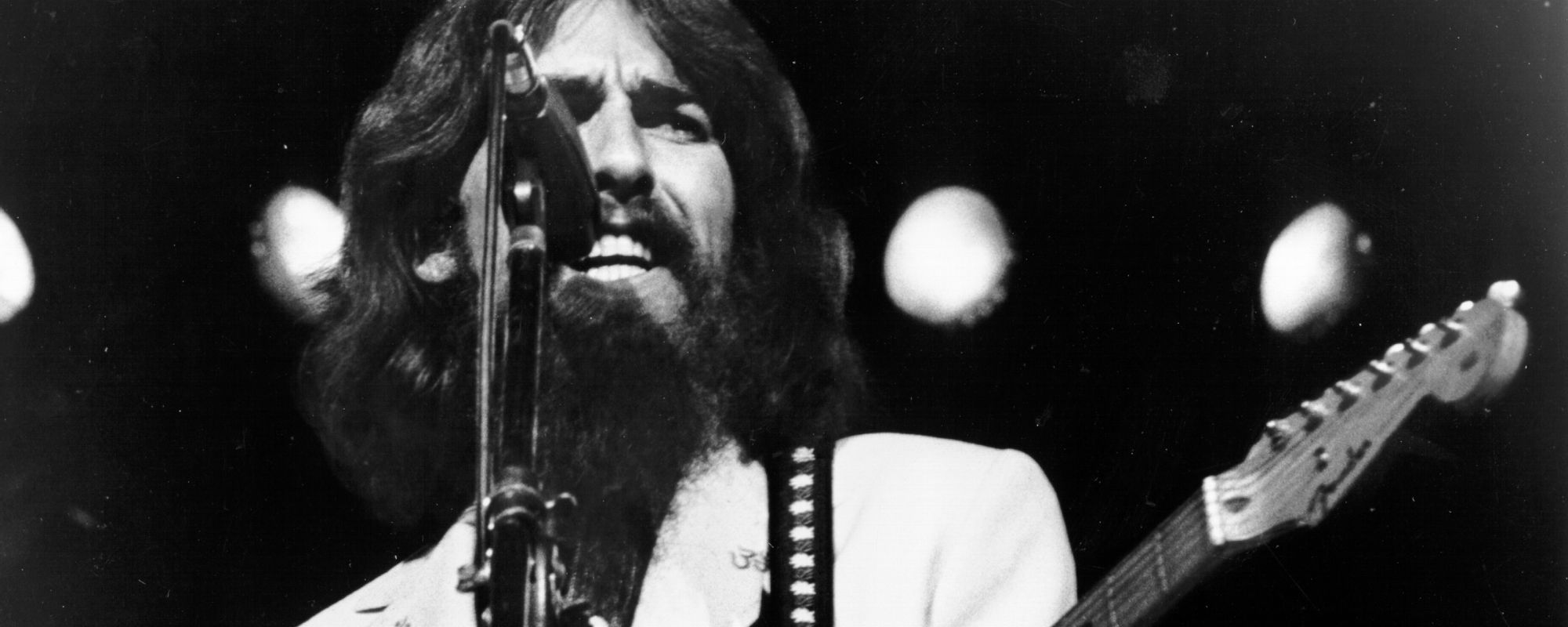How does one narrow down the best American rock albums from 1994? It was a colossal year for American rock and roll and marked the peak cultural dominance of rock bands.
Videos by American Songwriter
Think of the albums not on this list: Soundgarden’s Superunknown, Green Day’s Dookie, Hole’s Live Through This, Pearl Jam’s Vitalogy, Stone Temple Pilots’ Purple, Sonic Youth’s Experimental Jet Set, Trash and No Star, and Pavement’s Crooked Rain, Crooked Rain.
Or the non-rock albums: Tori Amos’s Under the Pink and the Beastie Boys’ Ill Communication. But there’s a job to be done and a narrowing down must happen.
To celebrate rock in 1994, recall the 25th anniversary of Woodstock, find, then toss some mud, and check out the five best American rock albums from 30 years ago.
Grace by Jeff Buckley
Jeff Buckley’s only studio album arrived in 1994 and barely cracked the Billboard 200. Regardless of its limited commercial reach at the time, Grace has endured as a gorgeous portrait of a young, tortured poet. Buckley recorded the definitive version of Leonard Cohen’s “Hallelujah,” turning Cohen’s morning-after hymn into something fragile and sorrowful. He also reinterprets “Lilac Wine,” again creating a new standard of an old song. But Buckley’s originals are equally as powerful.
“Mojo Pin,” “Last Goodbye,” and “So Real” proved he was more than just a great interpreter of classic compositions. Buckley was a virtuoso singer and guitarist who, on a whim, went for a swim in the Mississippi River while in Memphis, Tennessee, recording his second album. He never returned from the water.
Mellow Gold by Beck
Beck redefined the idea of what a rock record was or was supposed to be. “Loser” combines Jon Spencer’s slacker Delta blues and lo-fi hip-hop, blending styles that foreshadowed the genre-less future of the streaming age. Beck had already released two critically acclaimed underground albums before moving to a major label. Mellow Gold, his major label debut, is a touchstone album of 1994.
DGC Records took a chance on alternative artists like Beck, Nirvana, Weezer, Hole, and Sonic Youth, who helped make alternative music mainstream. Two years later, Beck released Odelay, which lit a creative fire under Bob Dylan, inspired by “this kid called Beck” to write Time Out of Mind. Speaking of folk music, “Pay No Mind (Snoozer)” displays the folk (or anti-folk) mastery Beck would later perfect on Sea Change and Morning Phase.
The Downward Spiral by Nine Inch Nails
Before The Downward Spiral, Trent Reznor had already widened industrial music’s audience by crafting pop melodies over mechanized beats and earsplitting guitars. His debut, Pretty Hate Machine, sounded like Ministry and Prince. Reznor’s sound became darker and more abrasive on The Downward Smile, but the grooves were also funkier. “Closer” is obscene and obsessed and danceable.
“March of the Pigs” is perfectly vicious and it’s difficult to hear this song and not think of Nine Inch Nails’ legendary, muddy set at Woodstock ’94. The album is fueled by drugs and depression and peaks with “Hurt,” a despairing lament later turned into a hymn by Johnny Cash.
Monster by R.E.M.
In 1994, R.E.M. followed two groundbreaking folk-rock albums, Out of Time and Automatic for the People, with Monster, a distorted glam rock and grunge-adjacent hit. They consciously reinvented their sound, most notably in Peter Buck’s fantastic guitar work.
Kurt Cobain and River Phoenix died while R.E.M. recorded Monster. Michael Stipe was close to both, and he wrote “Let Me In” for Cobain while the album is dedicated to Phoenix. Monster is aptly named. Apart from the tragedy of Stipe losing two young friends, the band barely spoke with one another and nearly broke up. Still, R.E.M. survived and created a raw and emotional album.
Weezer by Weezer
Rivers Cuomo is famously obsessive. He once kept a log of songs, attempting to break the code of writing hits. He looked at the songwriting of Kurt Cobain, Noel Gallagher, and Billie Joe Armstrong, studying data for patterns to reproduce at will for writing the perfect pop song.
Humans are pattern-seeking animals, so the experiment makes sense. However, Cuomo could have just pulled data from the 10 songs on his own album. Weezer’s debut, even apart from the singles, is a lesson in prolific songwriting. “Buddy Holly,” “Say It Ain’t So,” and “Undone – The Sweater Song” rival anything written by the artists in Cuomo’s Encyclopedia O’ Pop.
“In the Garage” is one of the album’s best tracks. Meanwhile, “My Name Is Jonas” opens the Blue Album with an anthemic call: The workers are going home, before Weezer rips into emo catharsis and Cuomo busts a harmonica solo. “Surf Wax America” and “The World Has Turned and Left Me Here” would’ve wallpapered MTV too had they been released as singles. Ric Ocasek was the perfect producer for Weezer. He understood power pop and “weird” as well as anyone. Very few albums are perfect. This one is.
When you purchase through links on our site, we may earn an affiliate commission.
Photo by Ethan Miller/Getty Images












Leave a Reply
Only members can comment. Become a member. Already a member? Log in.